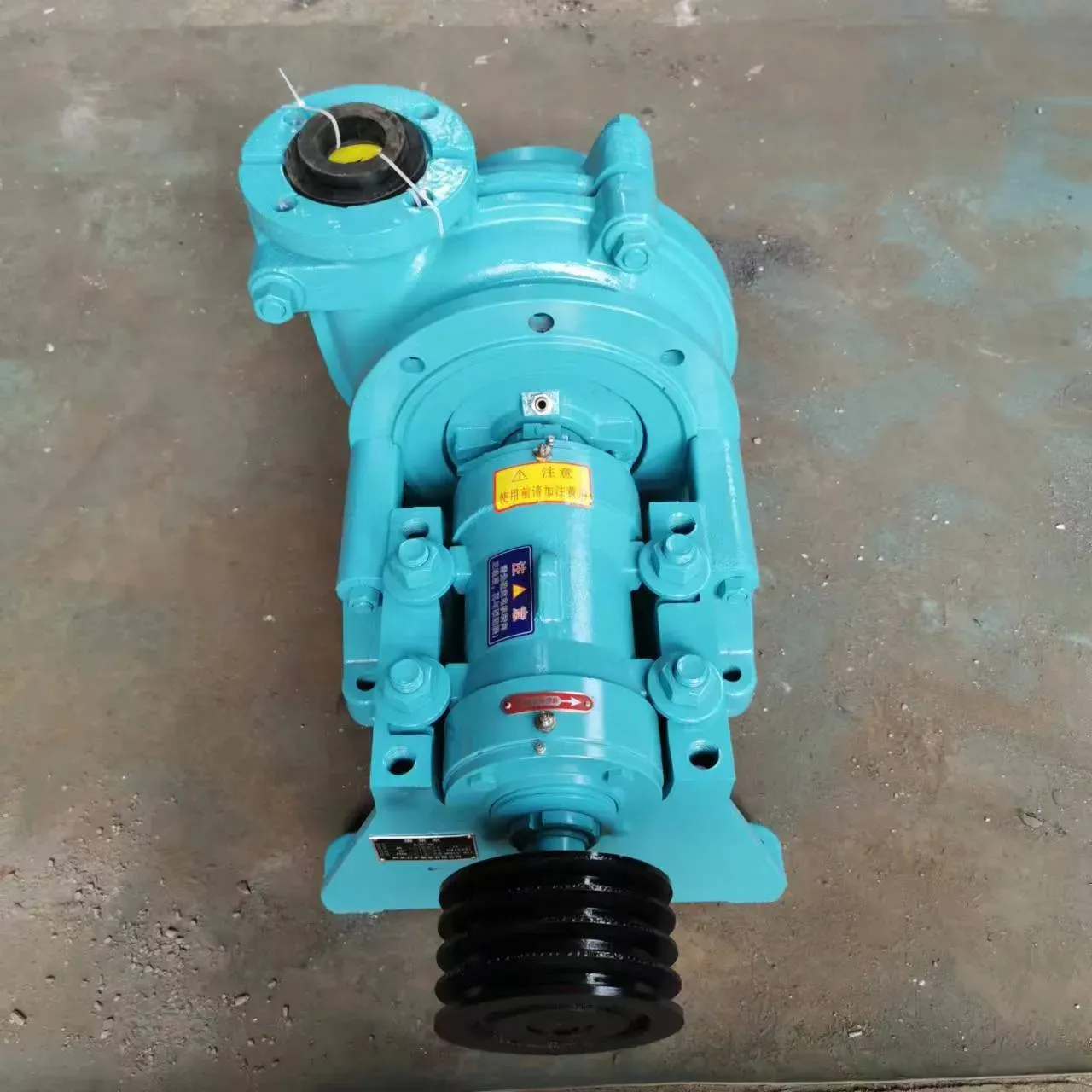Greek
- Afrikaans
- Albanian
- Amharic
- Arabic
- Armenian
- Azerbaijani
- Basque
- Belarusian
- Bengali
- Bosnian
- Bulgarian
- Catalan
- Cebuano
- Corsican
- Croatian
- Czech
- Danish
- Dutch
- English
- Esperanto
- Estonian
- Finnish
- French
- Frisian
- Galician
- Georgian
- German
- Greek
- Gujarati
- Haitian Creole
- hausa
- hawaiian
- Hebrew
- Hindi
- Miao
- Hungarian
- Icelandic
- igbo
- Indonesian
- irish
- Italian
- Japanese
- Javanese
- Kannada
- kazakh
- Khmer
- Rwandese
- Korean
- Kurdish
- Kyrgyz
- Lao
- Latin
- Latvian
- Lithuanian
- Luxembourgish
- Macedonian
- Malgashi
- Malay
- Malayalam
- Maltese
- Maori
- Marathi
- Mongolian
- Myanmar
- Nepali
- Norwegian
- Norwegian
- Occitan
- Pashto
- Persian
- Polish
- Portuguese
- Punjabi
- Romanian
- Russian
- Samoan
- Scottish Gaelic
- Serbian
- Sesotho
- Shona
- Sindhi
- Sinhala
- Slovak
- Slovenian
- Somali
- Spanish
- Sundanese
- Swahili
- Swedish
- Tagalog
- Tajik
- Tamil
- Tatar
- Telugu
- Thai
- Turkish
- Turkmen
- Ukrainian
- Urdu
- Uighur
- Uzbek
- Vietnamese
- Welsh
- Bantu
- Yiddish
- Yoruba
- Zulu
Telephone: +86 13120555503
Email: frank@cypump.com
Νοέ . 22, 2024 02:54 Back to list
sump pump sewage
Understanding Sump Pumps and Sewage Management
Sump pumps play a crucial role in managing water and sewage in residential and commercial properties. They are devices designed to remove accumulated water from basements, crawl spaces, and other low areas, thereby preventing flooding and water damage. Understanding how sump pumps operate and their importance in sewage management can help homeowners make informed decisions about their installation and maintenance.
What is a Sump Pump?
A sump pump is a submersible or pedestal pump typically installed in a sump pit, which is a hole dug in the lowest part of a basement or crawl space. When water collects in the pit, the sump pump is triggered to pump the water out of the pit and away from the property. The primary functions of sump pumps include preventing flooding, protecting structural foundations, and reducing the risk of mold and mildew growth.
Types of Sump Pumps
There are two main types of sump pumps submersible pumps and pedestal pumps. Submersible pumps are designed to operate while submerged in water. They tend to be quieter and more efficient but may require more maintenance due to their submerged nature. Pedestal pumps, on the other hand, have the motor above the sump pit, which makes them easier to access for maintenance purposes. While they are generally less expensive, they are also louder during operation.
Sump Pumps and Sewage
sump pump sewage

While standard sump pumps primarily manage excess groundwater, sewage sump pumps (also known as sewage ejector pumps) are specifically designed to handle wastewater, including sewage. These pumps are used in systems where gravity drainage is not possible, such as in homes with basements that are below the level of the municipal sewage line.
Sewage sump pumps help transport sewage waste from lower areas of the home to the main sewer line, often using a discharge pipe. These pumps are equipped with powerful motors capable of handling solid waste and fibrous materials, making them essential for maintaining sanitary conditions in homes with basement bathrooms or laundry facilities.
Maintenance and Installation Considerations
Proper maintenance and installation of sump pumps are vital to their effectiveness. Homeowners should regularly check their sump pumps to ensure they are functioning correctly. This includes testing the pump by pouring water into the sump pit and observing if it activates and pumps water out appropriately. Additionally, cleaning the sump pit and removing debris can prevent clogs that may impair the pump's performance.
When installing a sump pump, it is critical to choose the right size and type for the specific needs of the property. Consulting a professional installer can help in selecting a pump that efficiently manages the expected water load. Furthermore, homeowners should be aware of local building codes and regulations, especially when it comes to sewage systems.
Conclusion
In summary, sump pumps are essential devices for effective sewage management in homes, especially those prone to flooding or with lower-level plumbing fixtures. Understanding the different types of sump pumps and their functions can aid homeowners in making informed choices about installation and maintenance. By ensuring that these systems are properly maintained, homeowners can protect their properties from water damage and maintain a sanitary environment. Regular checks, timely upgrades, and professional consultations are crucial for the longevity of sump pumps and the overall welfare of the home's sewage system.
-
Heavy-Duty Mining Sludge Pumps - Wear-Resistant Slurry Handling
NewsAug.02,2025
-
Horizontal Split Case Pump with GPT-4 Turbo | High Efficiency
NewsAug.01,2025
-
ISG Series Pipeline Pump - Chi Yuan Pumps | High Efficiency, Durable Design
NewsAug.01,2025
-
Advanced Flue Gas Desulfurization Pump with GPT-4 Turbo | Durable & Efficient
NewsJul.31,2025
-
ISG Series Vertical Pipeline Pump - Chi Yuan Pumps | Advanced Hydraulic Design&Durable Construction
NewsJul.31,2025
-
ISG Series Vertical Pipeline Pump - Chi Yuan Pumps | Energy Efficient & Low Noise
NewsJul.31,2025










